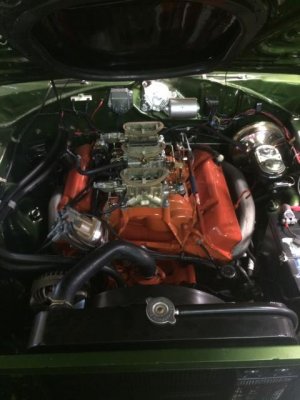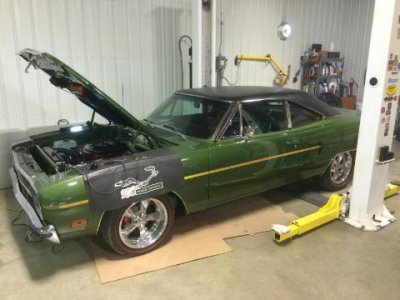lewtot184
Well-Known Member
1/4 turn out on the end carb mixture screws won't be enough. going to 2 1/2 turns on the center carb means your trying to make up for the ends not being rich enough. the center carbs have an idle restriction tube in the main well. the idle orifice isn't large enough and the idle air bleeds are a little big. so, you'll need to make up for that on the end carbs. there's a possible cure for this but i'll save that for later. are you guys using some aftermarket jet plates in the end carbs? do the black bushing first and if need be go to lighter springs. total advance will need to come in around 2000rpm, maybe sooner, with an automatic. something to keep in mind; the carbs can never be properly adjusted until the ignition is correct.


















